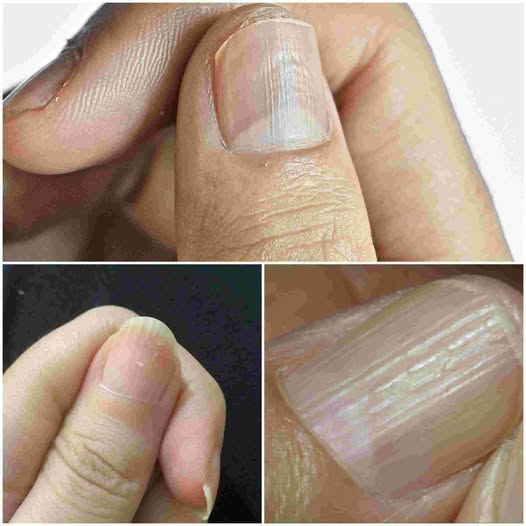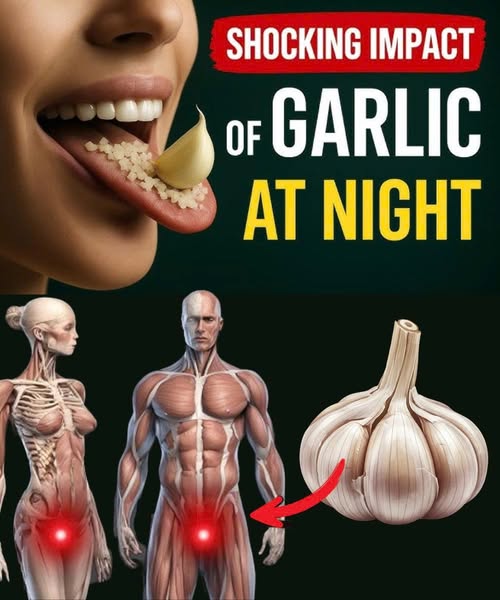Vertical Ridges on Your Nails? Discover the 7 Real Causes You Shouldn’t Ignore!
Introduction

Do you glance at your fingernails and notice vertical ridges running from cuticle to tip? You’re not alone—and you’re certainly not overreacting. Vertical ridges on nails, often dismissed as harmless or a sign of aging, can actually reveal hidden truths about your health.
Nail abnormalities are often windows into what’s happening internally. While a few faint lines may seem trivial, deeper or sudden ridges can indicate nutritional deficiencies, systemic health problems, or even hormonal imbalances.
This blog post uncovers the real causes of vertical ridges on your nails, breaking down the myths and providing expert-backed insights. You’ll also find FAQs, strategies to improve nail health, and what to do when vertical ridges become a red flag. Whether you’re a wellness enthusiast or a healthcare provider looking to educate clients, this is your go-to resource.
What Are Vertical Ridges on Nails?
Vertical ridges, also called longitudinal striations or bands, are raised lines that run from the cuticle to the tip of the nail. While they can be completely benign, certain patterns and co-existing symptoms might suggest something deeper.
Fast Fact:
According to the American Academy of Dermatology, up to 80% of adults over the age of 50 develop vertical ridges on their nails due to normal aging. However, ridges that appear suddenly, are accompanied by color changes, or affect only certain nails may signal a health concern.
The 7 REAL Causes of Vertical Ridges on Your Nails
1. Natural Aging Process
As we age, the rate of cell turnover slows, including in the nail matrix. This leads to more prominent ridges.
🔹 Signs: Light, symmetrical ridges across all nails
🔹 Action: Moisturize your nails and cuticles to maintain nail flexibility and reduce prominence.
2. Nutrient Deficiencies
Your nails need key vitamins and minerals to grow properly. Deficiencies in the following can lead to visible ridging:
- Biotin (Vitamin B7) – Supports keratin infrastructure.
- Iron – Iron deficiency anemia is a top culprit.
- Magnesium – Essential for protein synthesis and nail formation.
- Zinc – Vital for tissue growth and repair.
📊 Stat Check: The WHO reports that more than 30% of the global population is iron-deficient, especially women of reproductive age.
🔹 Signs: Ridges with brittle, spoon-shaped nails (koilonychia), fatigue
🔹 Action: Increase intake of leafy greens, nuts, eggs, or consult a doctor for supplements.
3. Dehydration of the Nail Plate
Nails are made of keratin, a protein that needs hydration to remain smooth. When nails are excessively exposed to water or chemicals (like acetone, detergents, or sanitizers), they lose moisture, leading to ridges.
🔹 Signs: Ridges with peeling or flaking
🔹 Action: Use nail oils rich in Vitamin E, wear gloves when cleaning, and avoid harsh nail products.
4. Underlying Medical Conditions
Vertical ridges may signal chronic or systemic illnesses. Key examples include:
- Rheumatoid Arthritis – May affect nail matrix.
- Peripheral Vascular Disease – Affects circulation to extremities.
- Thyroid Disorders – Both hyper and hypothyroidism can alter nail growth.
- Diabetes – May disrupt keratin structure due to impaired glucose metabolism.
🔹 Signs: Sudden change in nail texture, discoloration, or systemic symptoms
🔹 Action: If ridges are sudden, asymmetric, or accompanied by fatigue, joint pain, or numbness, consult your doctor immediately.
5. Poor Circulation
Restricted blood flow, especially in cold environments or among smokers, reduces nutrient delivery to the nail matrix.
🔹 Signs: Pale or bluish nail beds, slow nail growth, pronounced ridging
🔹 Action: Increase physical activity, stop smoking, and massage fingertips regularly.
6. Stress and Hormonal Imbalance
Your nails are highly sensitive to hormonal shifts and stress-related disruptions. Cortisol (the stress hormone) and estrogen/testosterone imbalances can both affect nail health.
🔹 Signs: Sudden appearance of ridges during life changes like menopause, pregnancy, or chronic stress
🔹 Action: Adopt stress management techniques such as mindfulness, adaptogens, or therapy.
7. Trauma to the Nail Matrix
Even minor injuries—like aggressive manicures, typing, or biting nails—can damage the nail matrix, leading to uneven keratin production.
🔹 Signs: Ridges isolated to one or two nails, sometimes with discoloration or thickening
🔹 Action: Avoid trauma, allow nails to grow out, and use gentle nail care tools.
Frequently Asked Questions (FAQs)
✅ Are vertical ridges on nails normal?
Yes, especially as part of the natural aging process. However, sudden or severe changes could indicate nutritional or health issues that should not be ignored.
✅ Do vertical ridges mean I’m lacking something?
Often, yes. Iron, biotin, zinc, and magnesium are common nutrient deficiencies associated with ridged nails. A blood test can confirm any underlying deficiencies.
✅ Can vertical ridges on nails go away?
Yes and no. Age-related ridges typically remain, but those caused by deficiencies, dehydration, or trauma can improve with proper care, hydration, and nutrition.
✅ Is there a difference between vertical and horizontal ridges?
Absolutely. Vertical ridges are usually benign. In contrast, horizontal ridges (Beau’s lines) may indicate severe illness, malnutrition, or past trauma. Always consult a medical professional if you notice horizontal lines.
✅ What products help reduce vertical ridges?
- Cuticle oils (with jojoba or Vitamin E)
- Biotin supplements
- Ridge-filling base coats
- Gentle nail buffers
- Hydrating hand creams
5 Actionable Tips to Improve Nail Health Today
- Eat a Balanced, Nutrient-Rich Diet
Focus on proteins, healthy fats, and leafy greens. - Hydrate Inside and Out
Drink at least 8 glasses of water daily and use hydrating nail products. - Avoid Over-Processing
Limit use of nail polish removers and artificial nails. - Protect Your Hands
Use gloves when cleaning, doing dishes, or using chemicals. - See a Doctor If Needed
If changes are sudden or dramatic, it’s time to seek professional advice.
Conclusion
Vertical ridges on your nails are often dismissed as merely cosmetic. But in many cases, they are early indicators of deeper systemic, nutritional, or lifestyle-related issues. Understanding their cause is the first step toward healthier nails—and potentially identifying other health conditions you may have overlooked.
Don’t wait for your body to scream—listen when it whispers. The ridges on your nails might just be the whisper of a vitamin deficiency, hormonal imbalance, or underlying condition trying to get your attention.
Take action today. Nourish your body. Care for your nails. And always look deeper when your health sends signals—right down to your fingertips.


